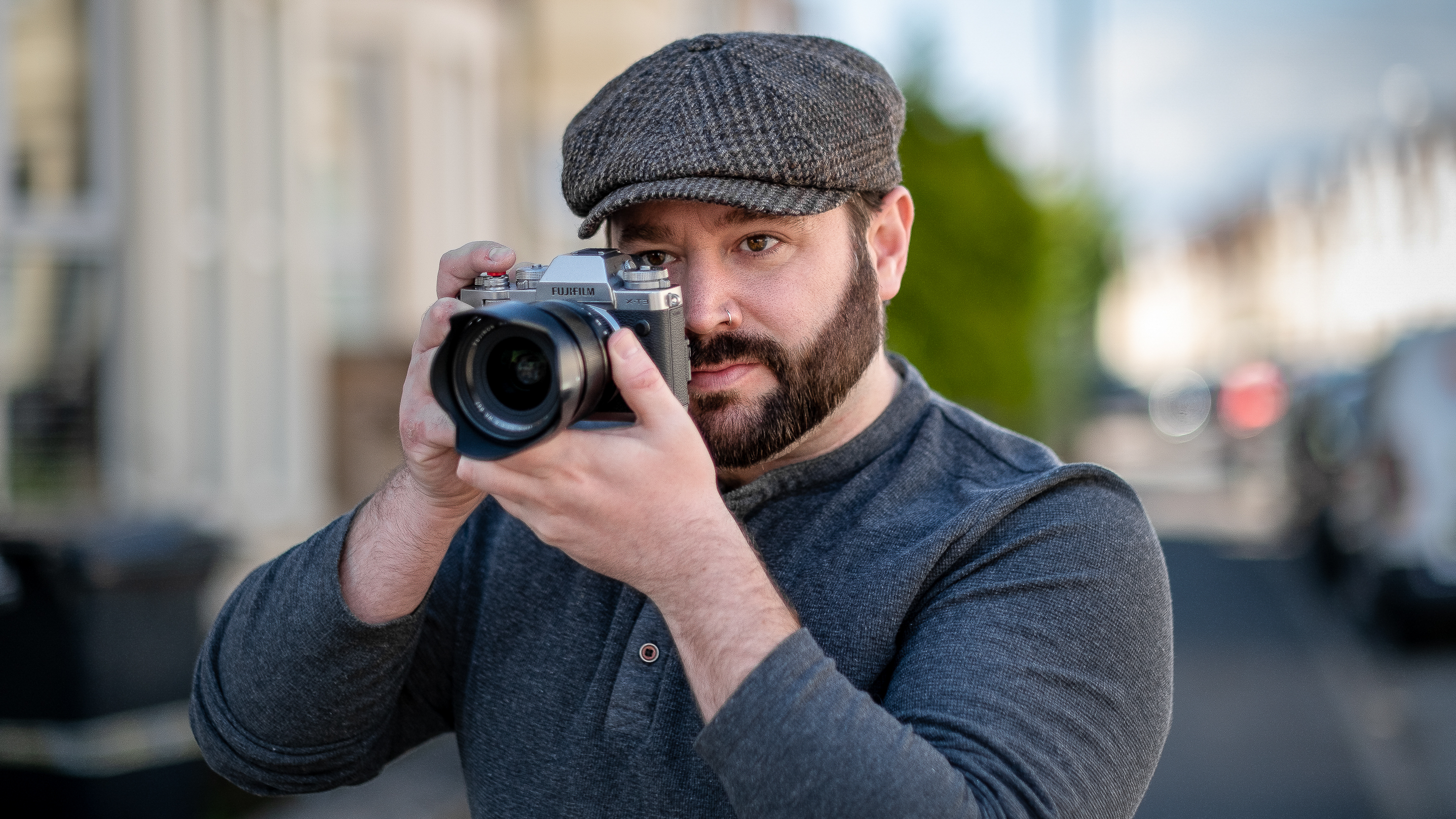Create a mini pop-up studio for editorial photography
Forget hiring a studio – here's how to achieve pro-standard editorial photos in a small space and on a limited budget
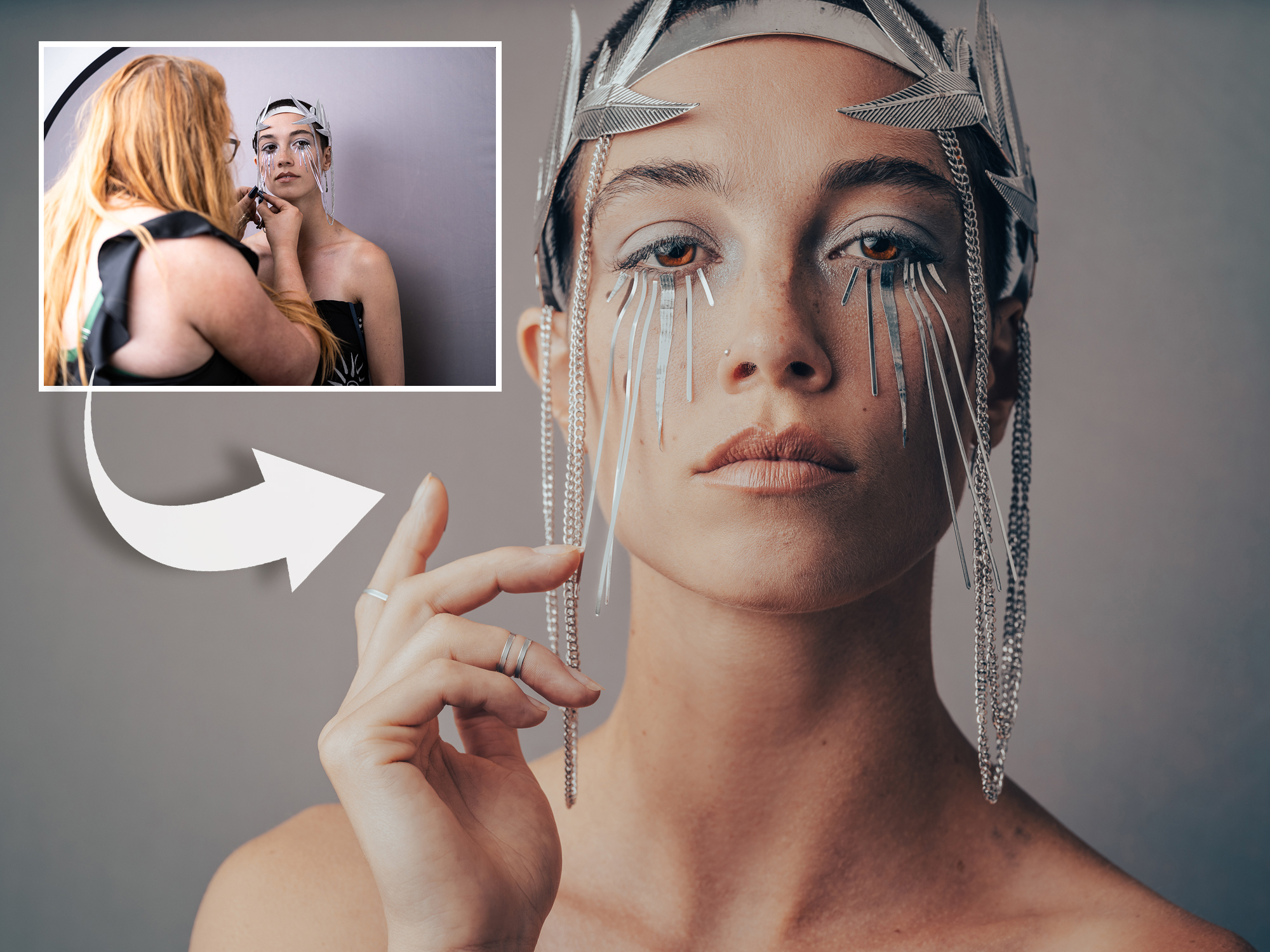
The difference between editorial photography and examples of photojournalism that you see in magazines can be unclear. Editorial photos are often created to support a story or a piece of text, rather than as a form of journalism. They are more subjective
than photojournalism images, so you are able to compose them in a much more creative way.
When I first picked up a camera, I had very little money to hire studio spaces, but I invested in some basic lights and a small pop-up backdrop – and that grey fabric backdrop has remained with me ever since.
• Read more: Best backdrops for photography
It’s a bit worse for wear these days, but still comes in handy when I’m in a tight space. It’s small enough to carry to a client or location, or to pop up at home. You can then use some basic lighting, or shoot with natural light.
The key is not to feel restricted; even if your working space is limited, you can still shoot images that are worthy of fashion magazines. And this is how to do it…
Model: Alice Handoll
MUA: Shannen-Rae Ohren
Create a pop-up studio for editorial photos
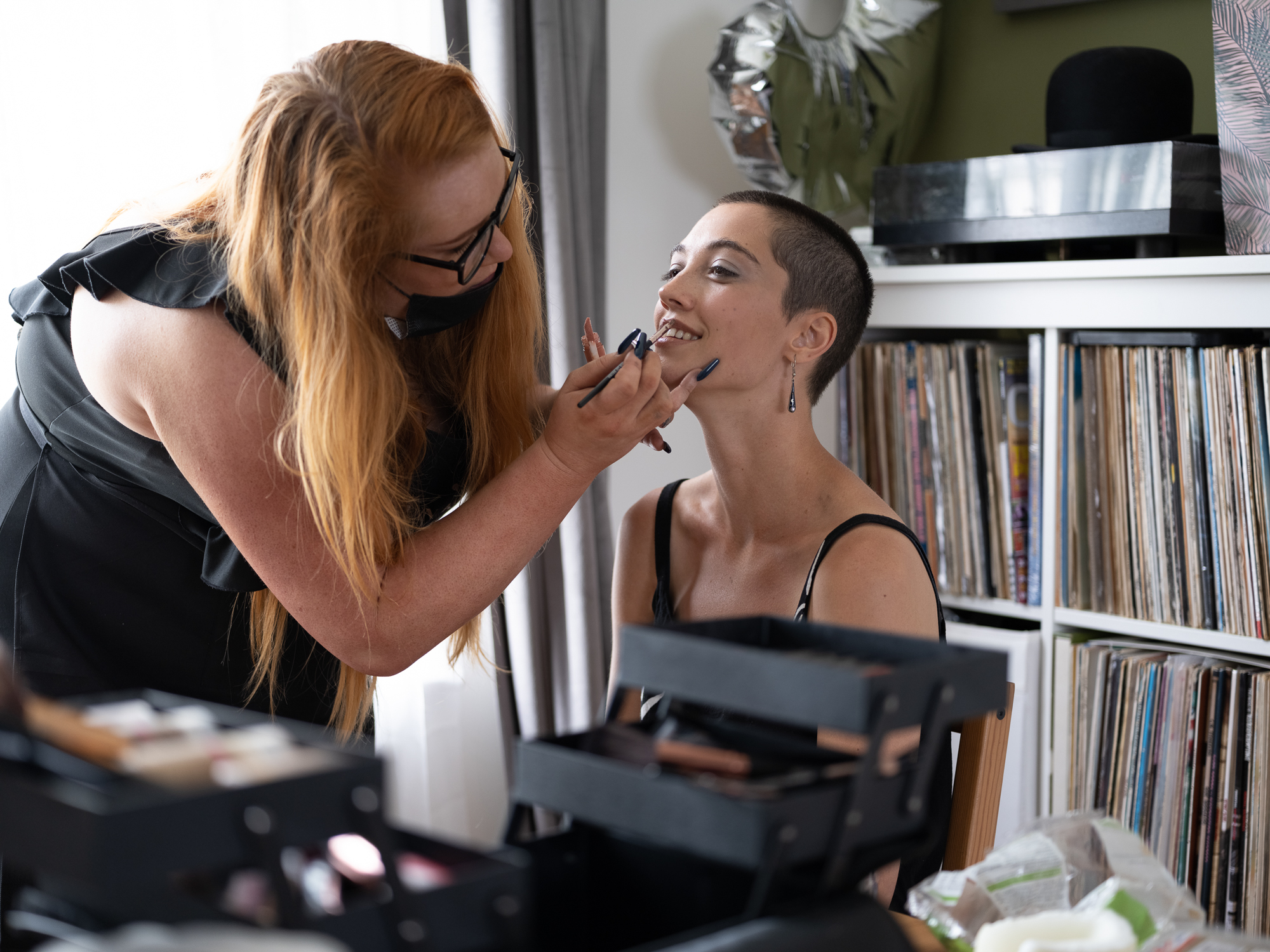
01 Prioritise the make-up
A great team is the key to a great shoot. Have a space allocated for the hair and make-up team to work with your model in comfort. When you shoot in a studio space with a plain background, everything in the preparation will need to be perfect. These elements are just as important as lighting and camera settings.
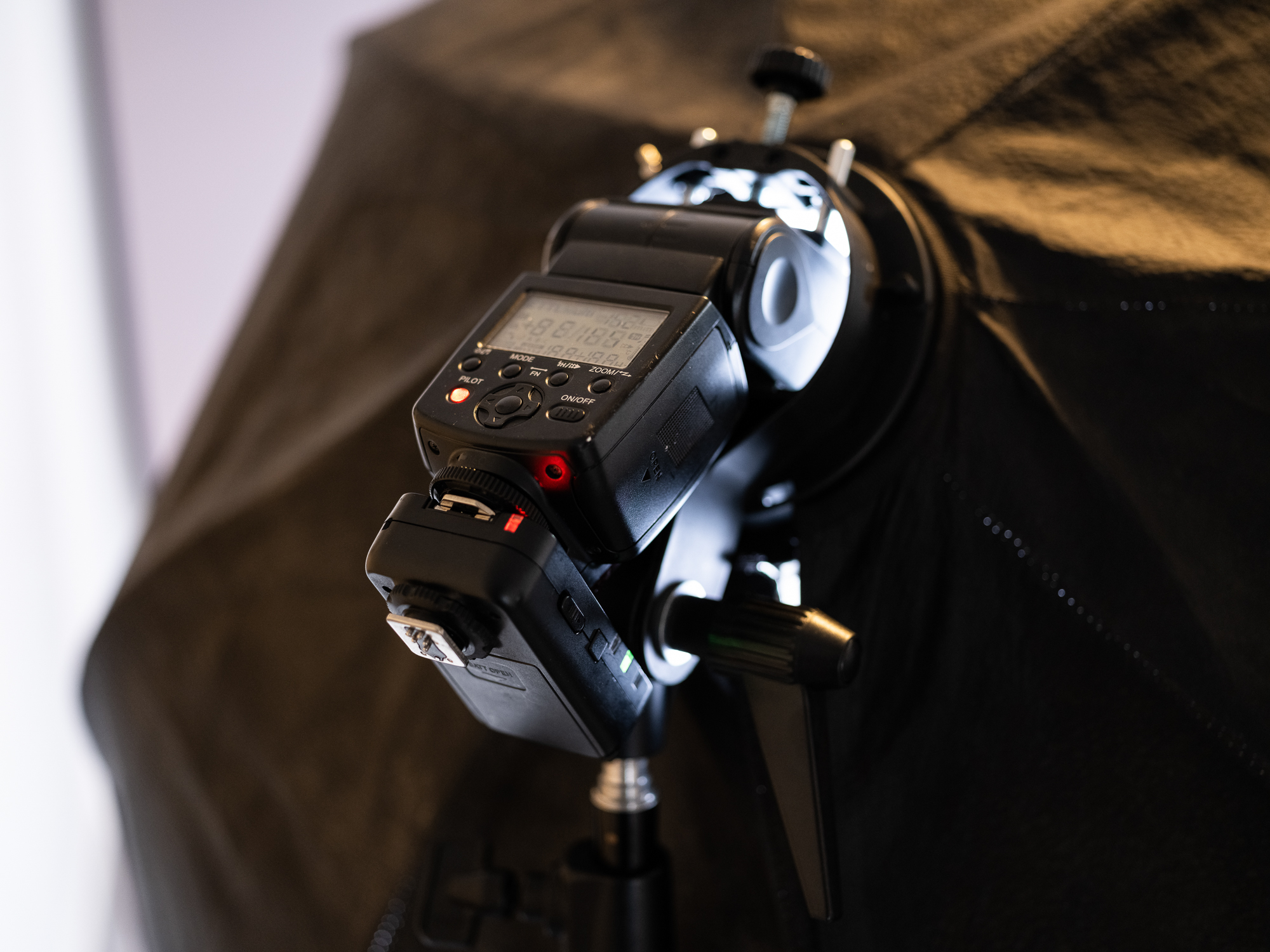
02 Get close to the action
For this shoot, I had two simple flashguns triggered by my wireless remote. On the right-hand side I had a larger octabox, set to 1/4 power, and on the opposite side a smaller octabox set to 1/32. You could always shoot with just one single light, but the second gives a small amount of fill to the face.
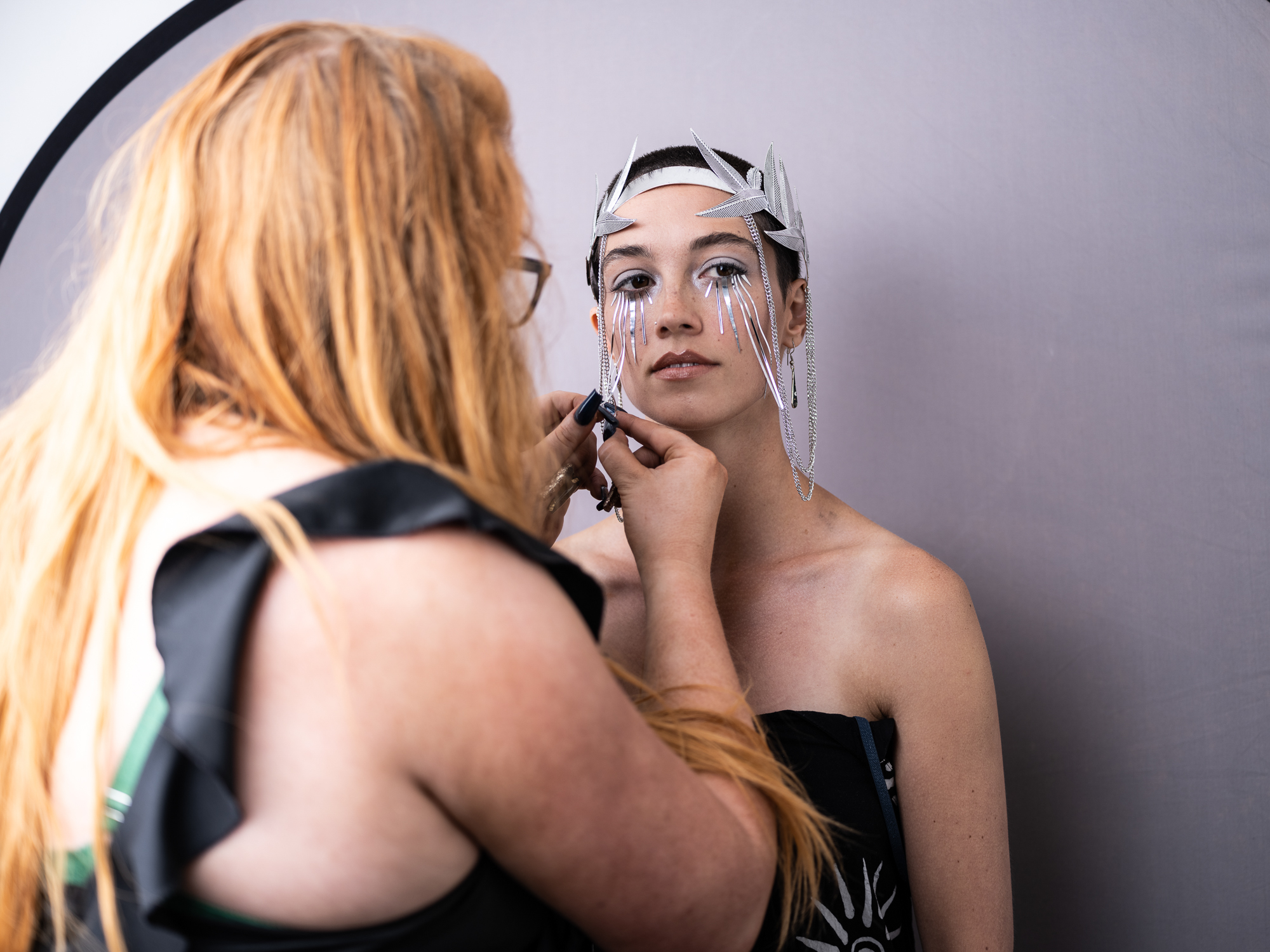
03 Pop up your backdrop
Much the same as carrying around a reflector, this pop-up backdrop folds down and fits into a carry case. You might not want to be walking miles around the streets with it, but it’s perfect to take with you in the car or have stored away at home. It provides a perfect clean studio-style backdrop for your subject.
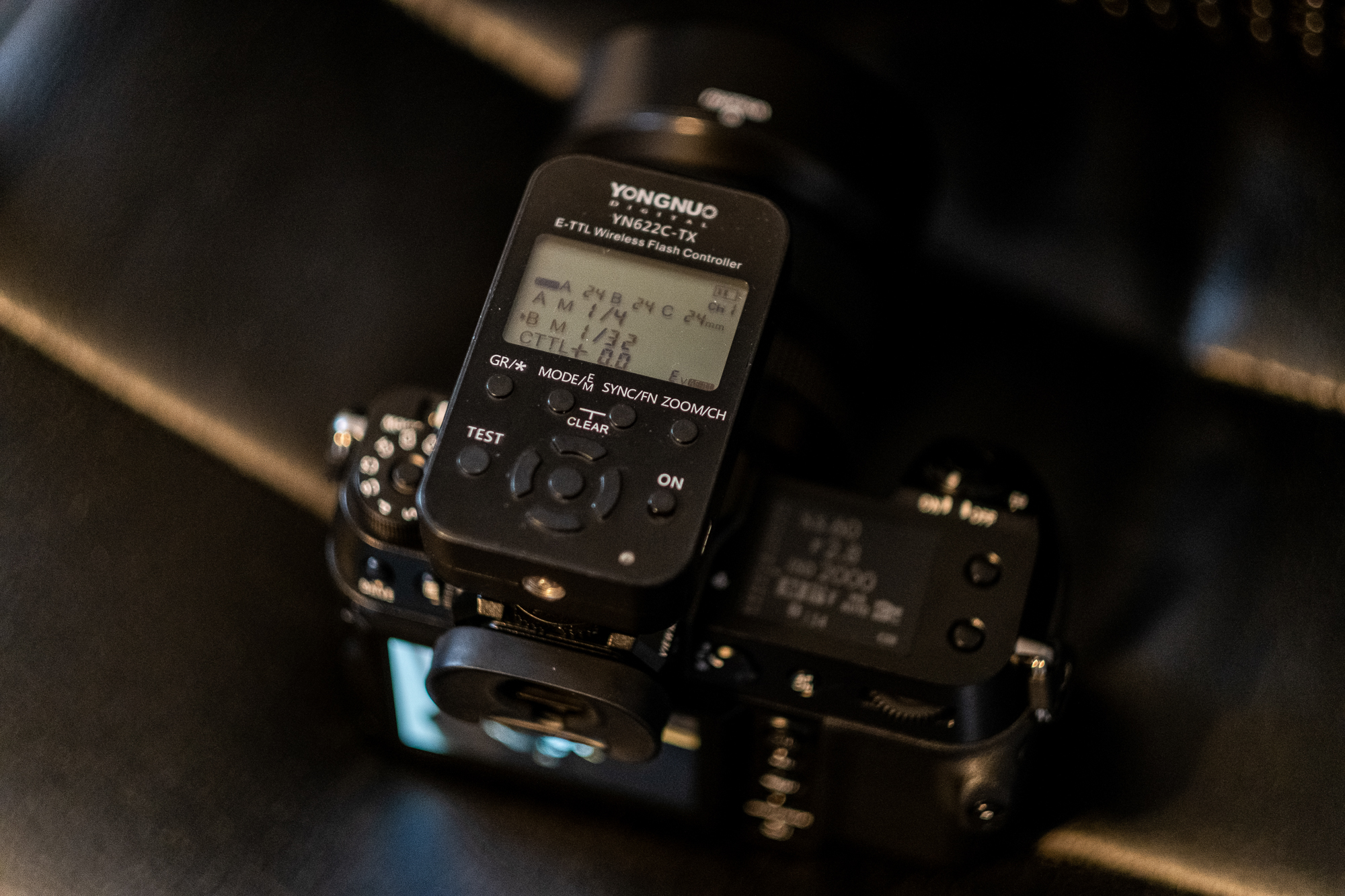
04 Set up your camera
I was shooting on the Fujifilm GFX 100S and Fujinon GF 80mm f/1.7. I set my aperture to a mid-range f/8 and lowered my ISO to its base setting of 160, then tinkered with the shutter speed. I eventually ended up at 1/160 sec, as it was a small room and the lights were only about three feet away from my subject. Now you’re ready to get creative with your shots!
Read more:
Best cameras for portraits
Best lenses for portraits
Best flash diffusers, softboxes and modifiers
Get the Digital Camera World Newsletter
The best camera deals, reviews, product advice, and unmissable photography news, direct to your inbox!
Alistair is the Features Editor of Digital Camera magazine, and has worked as a professional photographer and video producer.
